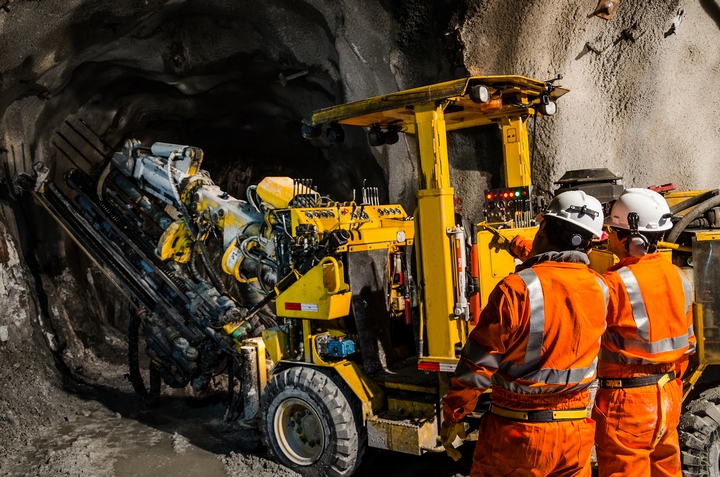Working underground comes with many risks and hazards. Cave-ins and falling objects pose a constant threat. Soil conditions, weather patterns, and vibrations from nearby equipment can quickly turn a stable work environment into hazardous. Safety precautions are one of the most critical factors in ensuring the well-being of underground workers.
Working underground is a highly dangerous profession. Underground conditions can be unpredictable, leading to serious safety concerns. Fortunately, risks to these workers can be mitigated by implementing appropriate and strict safety measures.
These eight crucial precautions should be placed at the top of the list of priorities at any underground mining site:
1. Perform pre-job safety assessments.
 Pre-job safety assessments are done at the start of every workday and sometimes more often throughout the day. They review the potential hazards of that particular job and identify the safety controls that have been put in place to prevent disaster.
Pre-job safety assessments are done at the start of every workday and sometimes more often throughout the day. They review the potential hazards of that particular job and identify the safety controls that have been put in place to prevent disaster.
2. Always wear the appropriate PPE.
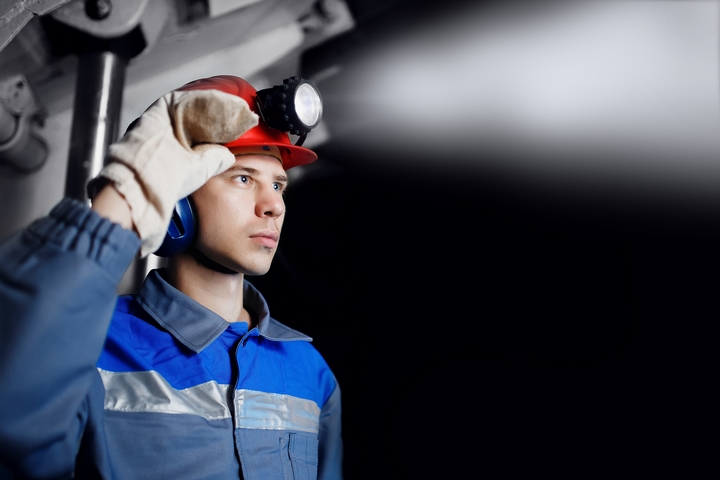 Personal protective equipment, also known as PPE, is the items of protective gear that workers wear to keep them safe. Hard hats, safety glasses, earplugs, face masks, and reflective clothing should be worn whenever entering the mines. This PPE should be in excellent condition and worn correctly to provide optimal protection.
Personal protective equipment, also known as PPE, is the items of protective gear that workers wear to keep them safe. Hard hats, safety glasses, earplugs, face masks, and reflective clothing should be worn whenever entering the mines. This PPE should be in excellent condition and worn correctly to provide optimal protection.
3. Maintain your equipment.
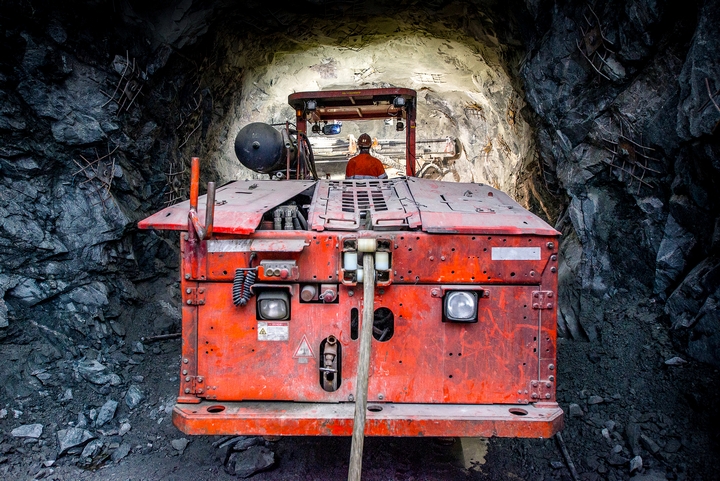 As your equipment ages, it can become faulty and break down. This could mean the difference between life and death in a mine situation. It is imperative that all equipment is inspected regularly and routine maintenance is conducted to keep it working.
As your equipment ages, it can become faulty and break down. This could mean the difference between life and death in a mine situation. It is imperative that all equipment is inspected regularly and routine maintenance is conducted to keep it working.
4. Provide proper training.
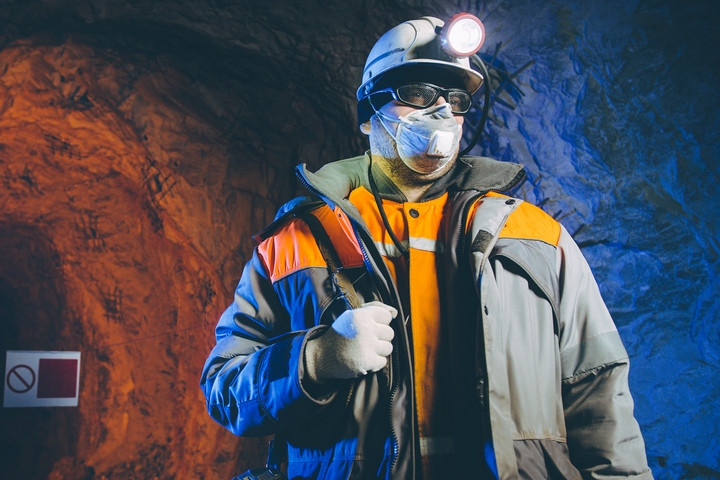 Thorough training is vital. No matter which industry you work in, the level of training you provide is directly reflected in the quality of work produced. Regular training sessions, with a high emphasis on safety protocols, will reinforce the importance of safety in your worker’s minds. This will ultimately result in a safer work environment.
Thorough training is vital. No matter which industry you work in, the level of training you provide is directly reflected in the quality of work produced. Regular training sessions, with a high emphasis on safety protocols, will reinforce the importance of safety in your worker’s minds. This will ultimately result in a safer work environment.
5. Stay up-to-date on technology.
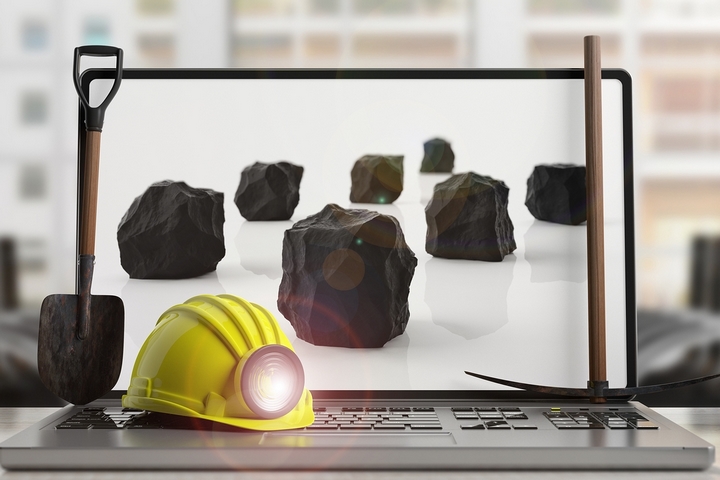 There are constant advancements in underground mining technology. Incorporating this new technology into your work process can go a long way toward improving efficiency. However, along with new underground mining technology comes an increase in potential risks. Everyone must have full training on how the new technology works and must be able to use it safely and effectively.
There are constant advancements in underground mining technology. Incorporating this new technology into your work process can go a long way toward improving efficiency. However, along with new underground mining technology comes an increase in potential risks. Everyone must have full training on how the new technology works and must be able to use it safely and effectively.
6. Perform regular safety audits.
 Regular safety audits help you stay diligent about your safety measures. They ensure safety compliance and identify areas where further safety training or enhanced protocols are required.
Regular safety audits help you stay diligent about your safety measures. They ensure safety compliance and identify areas where further safety training or enhanced protocols are required.
7. Identify potential hazards.
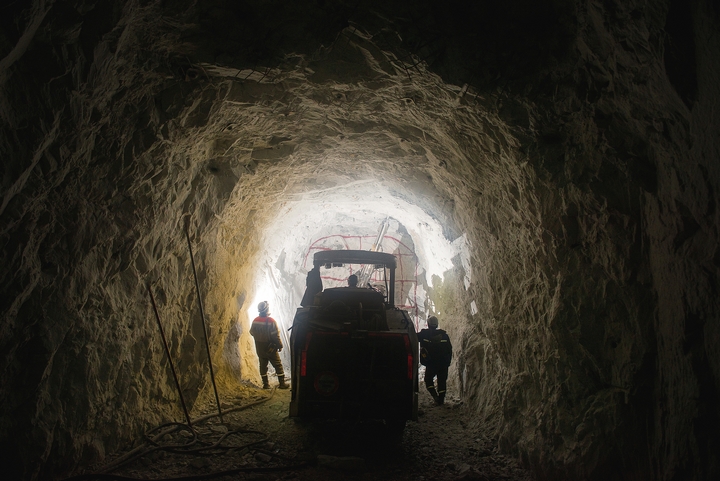 Rigorous and routine inspections must constantly identify areas at risk for increased safety hazards. By regularly inspecting your work practices, work environment, and equipment condition, you can identify issues before impacting someone’s safety.
Rigorous and routine inspections must constantly identify areas at risk for increased safety hazards. By regularly inspecting your work practices, work environment, and equipment condition, you can identify issues before impacting someone’s safety.
8. Minimize your risks.
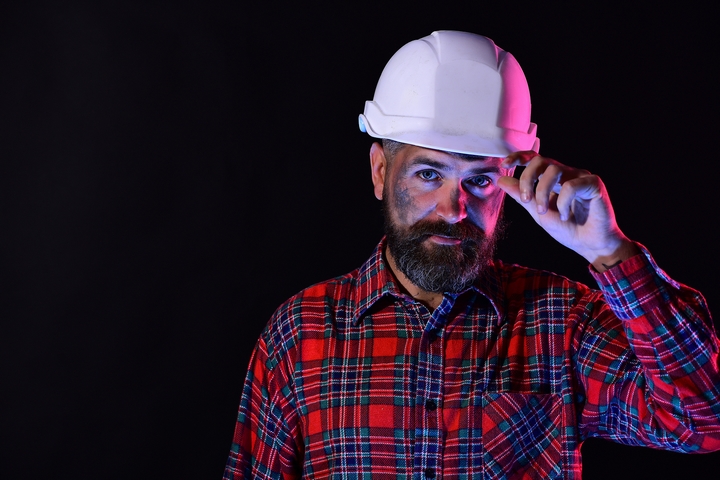 Risk minimization means working as safely as possible all the time. By minimizing your risk, you are practicing caution in all work areas to ensure that the potential for safety hazards is as few as possible. Creating an environment that focuses on risk minimization will go a long way toward keeping workers safe.
Risk minimization means working as safely as possible all the time. By minimizing your risk, you are practicing caution in all work areas to ensure that the potential for safety hazards is as few as possible. Creating an environment that focuses on risk minimization will go a long way toward keeping workers safe.

